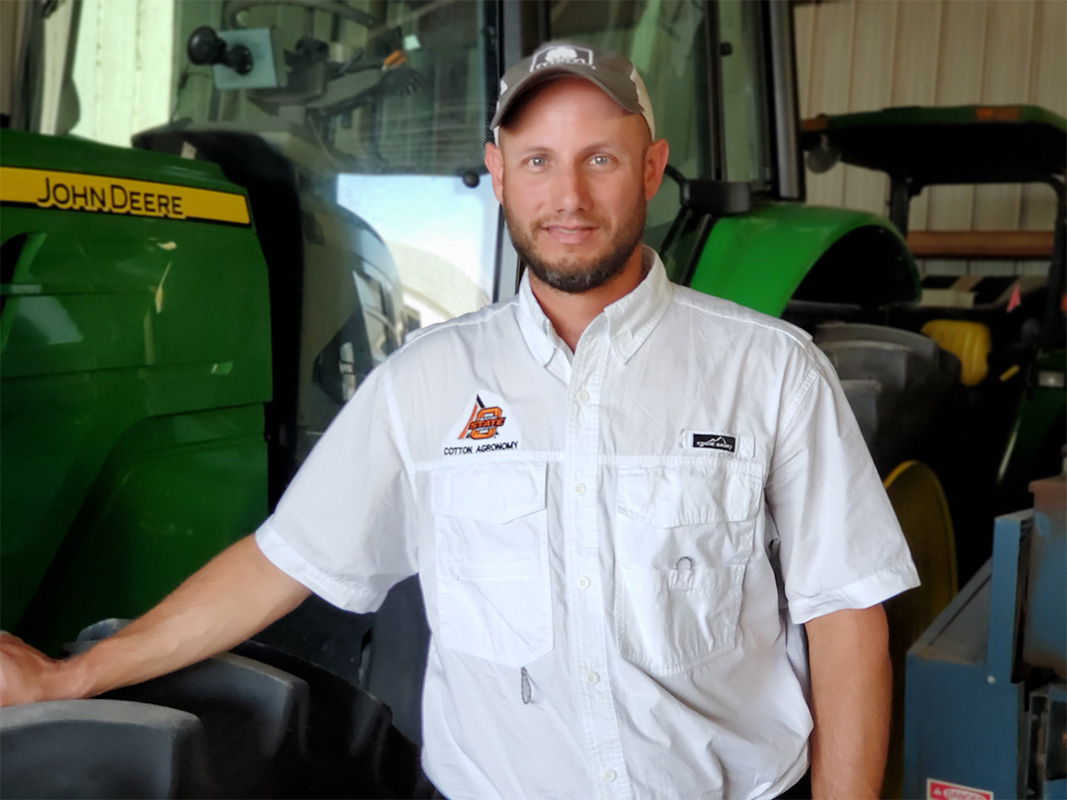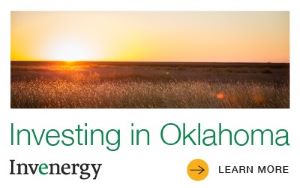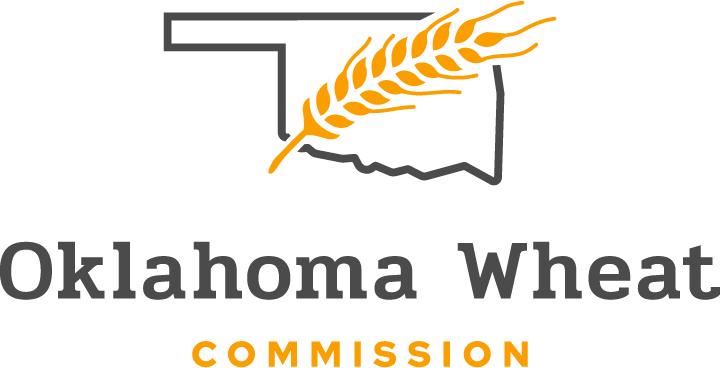
Agricultural News
OSU's Seth Byrd on the 2022 Perspective Plantings Report and Optimizing Cotton Irrigation and Production
Fri, 08 Apr 2022 07:51:31 CDT
 Since the perspective plantings report which came out last week, we know that Oklahoma was predicted to have 530,000 acres of cotton, which was 35,000 more than last year. KC Sheperd talks to Seth Byrd about a project he is involved in with Oklahoma State University to optimize cotton irrigation and production and why perspective cotton acres are high.
Since the perspective plantings report which came out last week, we know that Oklahoma was predicted to have 530,000 acres of cotton, which was 35,000 more than last year. KC Sheperd talks to Seth Byrd about a project he is involved in with Oklahoma State University to optimize cotton irrigation and production and why perspective cotton acres are high.
Byrd said the increase in perspective plantings for cotton may have to do a lot with price, but they are only predictions, so a lot of the actual planting is going to depend on if we have any significant moisture in the next two months.
"If you look at a map of 90-day rainfall and see the patterns of it, the southwest part of the state has been missing a lot of these rain events," Byrd said. "I think there is some uncertainty down there in terms of what we are going to see planted if this pattern continues."
Byrd said we have been in the same situation before and catching a rain in late April or early May could change everything.
"What we are seeing right now is that the increase is probably coming from cotton being a more attractive option to folks in some of these newer, or less traditional areas," Byrd said. "At the same time, we can see a drop in acreage in some of our more traditional regions of the state."
Over the last couple of weeks looking at rainfall patterns Byrd said there has been some decent rain coming through our northern counties like the Oklahoma/Kansas border. There has been some rain in the south and central areas of the state and along 1-40, but it has been hit-or-miss, he added.
"We still haven't seen that wide spread rain event that comes and dumps and inch or inch and a half over the whole state, "Byrd said. "I don't know if anybody would describe their current moisture situation or recent rainfall totals as being good, but I think there is certainly areas of the state that have caught more than others."
Byrd said when talking about cotton and outlook of planting this year, we are going to need some widespread events to make anybody feel good about what they are going into.
"You need a planting rain to get the crop established, but you've got to have some moisture in the profile to drive the crop," Byrd said. "We are a predominantly dryland state and even a good portion of our irrigated crop is probably on limited irrigation."
A lot is going to depend on the precipitation we receive in the next six to eight weeks, Byrd said.
"We have a lot of cotton that is dusted in and waiting on a rain, so there is always that option," Byrd said. "You need the deeper profile moisture, but you have also got to have a planting rain to give you enough moisture, and it doesn't take a ton, but you must have enough moisture for the seed to imbibe water and start the germination process to get emergence.
If you plant shallow enough, you can get 3 tenths of an inch in certain soil types and still get germination and emergence Byrd said. Deeper planted, different soil types, you would like to see half inch to an inch accumulation over time to really drive emergence, he added.
"Germination is not the end of it," Byrd said. "You have to get the plant to emerge and grow off, so you are constantly needing to tap into resources."
Byrd said while it doesn't take a ton of water for cotton to germinate and emerge, you still need it there to be able to drive the growth early season.
"Too little water is probably better than too much from what we have seen in the past," Byrd said. "As far as amount goes, it's hard to put a number on, but you know it when you've got it."
Byrd is currently part of four-year partnership between researchers at Oklahoma State University and Kansas State University aimed to optimize cotton irrigation and production.
Byrd said they are studying different areas of Oklahoma, specifically the panhandle, as well as southwest and western Kansas.
In some of these areas where cotton has gained a foothold in a rotation or has been planted continuously every year in an irrigated production environment, Byrd said the goal is to optimize the use of irrigation in that system.
"There are some inherent challenges to irrigating cotton regardless of where you are at," Byrd said. "It does make some things easier, but to be efficient with irrigation is a challenge no matter where we are in the belt and that is why irrigation and cotton is studied extensively throughout the country."
Byrd said specifically for the panhandle and the southwest Kansas area, it is a very arid environment and probably one of the lower rainfall environments in the cotton belt. The flip side is that it's probably the shortest season environment in the cotton belt, he added.
"We need supplemental irrigation because we are needing to supplement very little rainfall to get that crop established," Byrd said.
In this you can get water stress very rapidly but can also end up with immature cotton and poor-quality fiber if you irrigate too heavy or receive excessive rainfall, Byrd said. it is a much thinner line to tread compared to other places where they do not have to typically worry about maturity issues, he added.
"It is not just about irrigating to maximize production; it is about trying to efficiently use water to optimize the overall return," Byrd said. "Yield and quality of the crop is the overall goal of that work."
To hear KC's complete conversation with OSU's Seth Byrd, click or tap below
WebReadyTM Powered by WireReady® NSI
Top Agricultural News
More Headlines...




















